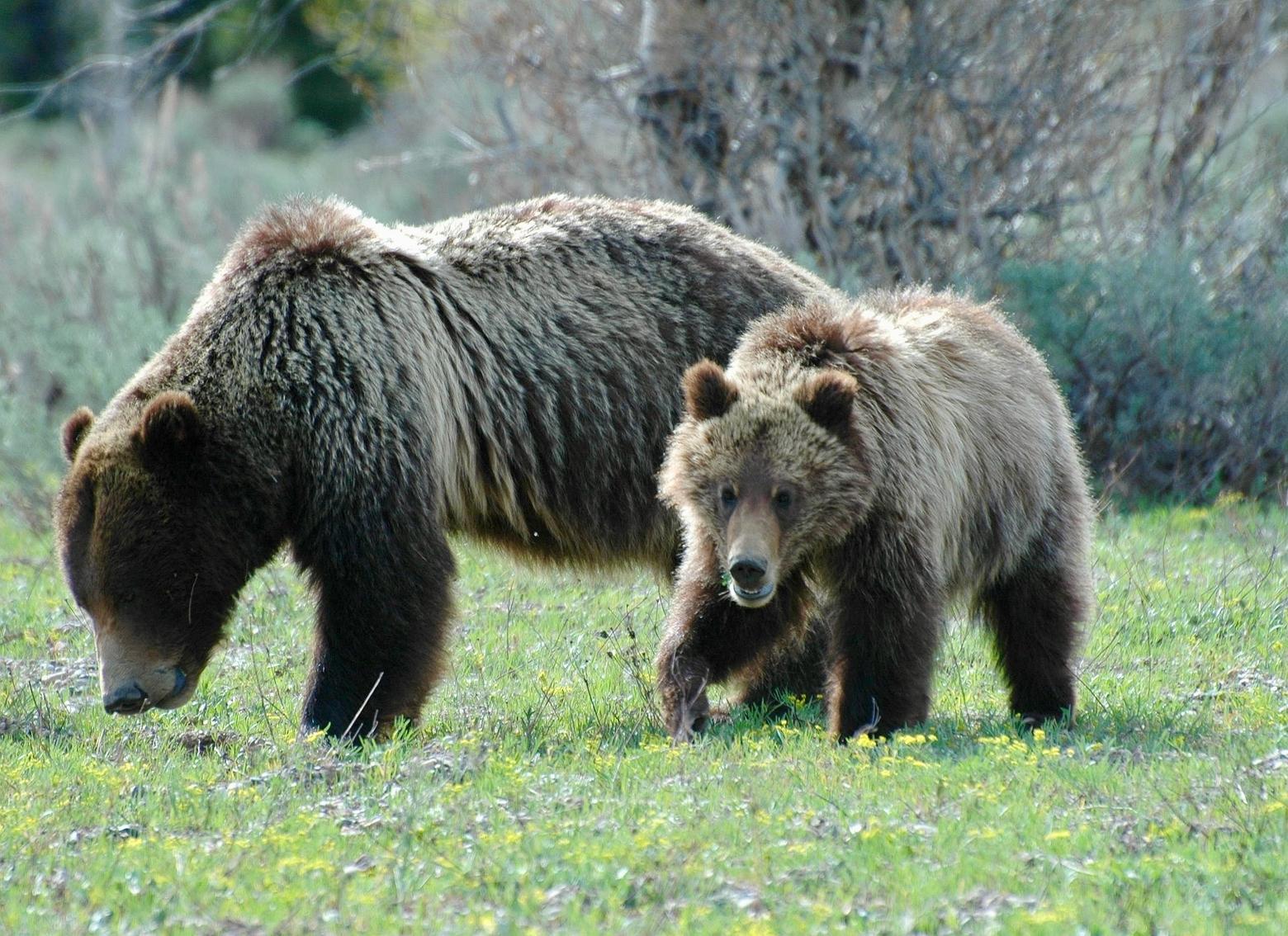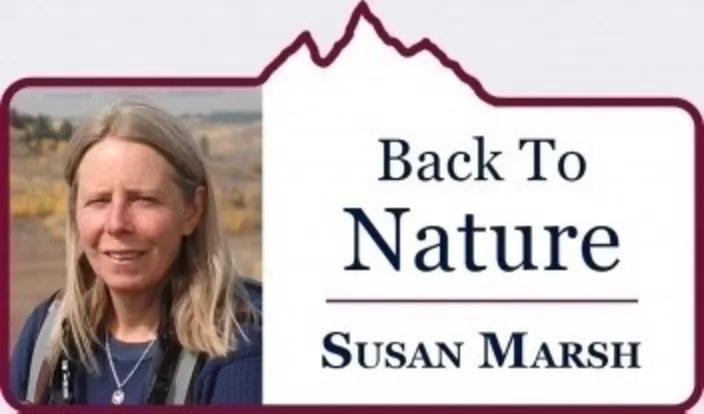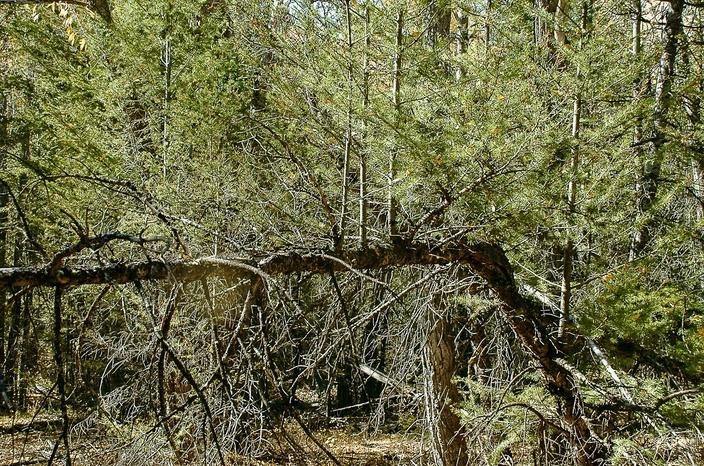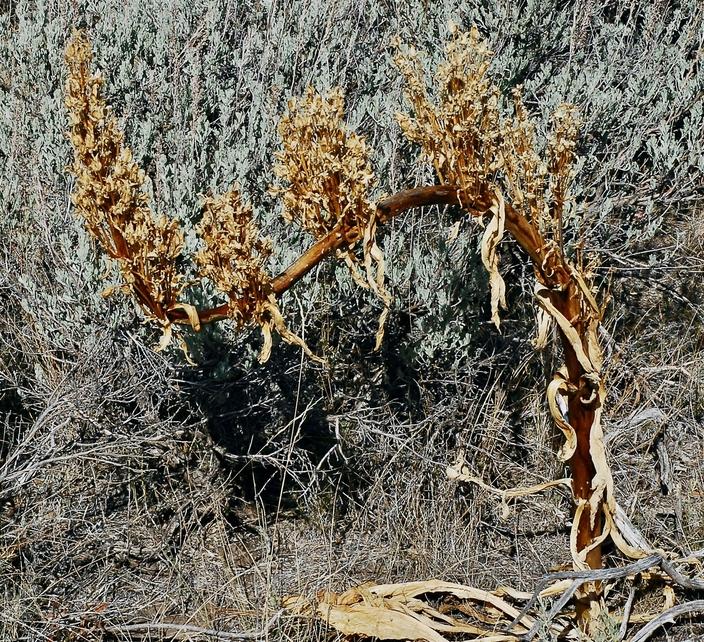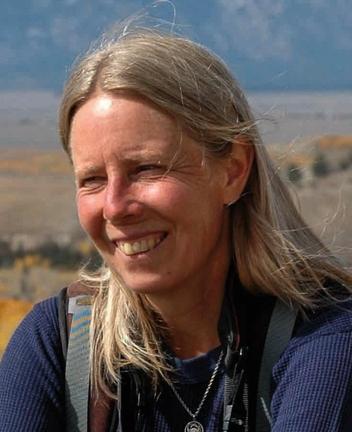Back to StoriesLove and Hope in a Time of Uncertainty
October 28, 2024
Love and Hope in a Time of UncertaintyIn the wake of the passing of Grizzly Bear 399 and even through the fog of despair, love and persistence are needed more than ever
by Susan
Marsh
This time of
year, as the last leaves fall and darkness descends in late afternoon, it feels
like a time to turn inward, both physically and in my mind. Often that is
comforting, but this year our thoughts are troubled by an uncomfortable
uncertainty, as a fraught election looms and the world seems awash in human
conflict and natural disasters. We are living in a time filled with fear.
I recently
attended a lecture, a lesson in choosing love when fear is the go-to emotion
for many of us. I wasn’t sure how to take it all in; it seems the extended hand
of love is so often bitten off by fear and hatred. If showing love to someone
who expresses hatred only results in the lover being attacked, where is the advantage?
The
advantage, if there is one, lies in having made the offer, I suppose. But we
humans want results from our efforts, don’t we?
I feel
better relying on my source of hope in this troubled time—the resilience of
nature—and to call my care for it persistence, rather than using a shopworn
word like love. It’s simply the will to keep going and trying to make a
positive influence where I can.
I can’t
prevent our ever-increasing human footprint in Greater Yellowstone from
displacing wildlife, or ending their lives outright as in the case of Grizzly
399 (and the record number of others of her species who have been killed this
year). But I can avoid driving at night whenever possible, and I can reduce my
speed to make a collision with another creature more avoidable.
There is an unbreakable link between love and persistence. Perhaps they are the same thing.
I can’t keep
the so-called community character of Jackson Hole from being replaced by the high-end
urbanization on a scale unimaginable a few decades ago. But I can keep my
fifth-of-an-acre lot in town as wild as possible by growing native plants and
creating a mini-forest of sorts, and at this time of year, leaving the leaves
for the insects that pollinate those wildflowers and trees.
These feel
like tiny gestures in a storm of change. But I do them anyway because they
matter.
Not all
change is negative, certainly—but a good deal of it seems to be, at least from
my perspective. I won’t stop protesting when destructive projects are proposed
by government or private enterprise, but I want to learn how to accept defeats
when my suggestions go unheard, and to keep some measure of hope in my heart.
To not lose sight of what I love. To persist.
There is an
unbreakable link between love and persistence. Perhaps they are the same thing.
It’s easy to become tired and discouraged, and the temptation to give up can follow
you until you start to believe that nothing one can do really matters. That’s a
dangerous hole to fall into, even as I acknowledge that the fatigue is real.
Part of what
creates the fatigue is that worry creeps in. I can worry about everything, even
when meditating to a talk about being in the present. At this moment in time
all is well, I am told, but immediately my mind starts to argue. No it isn’t, I
say under my breath. Is this precious moment, said to bring joy and peace, really
all that great for a four-year-old in Gaza who has just lost her sister? For a
grizzly bear cub who has just lost his mother? It seems at times that being
grateful for the present moment is a luxury for those of us who are not dealing
with extreme loss.
I cried for days after 399's cub “Snowy” was hit by a car. Now she joins him, along with many of her offspring, the ones she has outlived.
So how do I
pull myself away from the edge of despair? Always, by being outside in a place
like the Yellowstone region—in itself a luxury—even if the excursion is brief,
and by witnessing the continuing lessons in persistence that the wild world
provides.
In recent
days I have gathered some examples of persistence that give me an uplift and
take me out of my tendency to lose hope of being able to make a positive
difference.
I’ll consider
the legacy of 399 as a start. I was never part of the paparazzi that chased her
all over the place with long lenses. But I saw her a few times, and have some
photos from before she became famous. I cried for days after her cub “Snowy”
was hit by a car. Now she joins him, along with many of her offspring, the ones
she has outlived.
She
persisted. Bears don’t reach her ripe old age without heart and wisdom. And
because she was so recognizable, she did indeed become a major ambassador for
her species. She made a difference to many who might have otherwise lumped all grizzly
bears into the category of large, scary carnivores. She helped us to see that
bears, like us, have individual lives, personalities and spirits.
My ability
to tear up as I write this is a manifestation of love. Which might also be
manifested in driving at night less frequently or insisting that we consider
wildlife as our region grows and grows. We have known for decades that
migrating wildlife need to be able to cross highways safely, yet how many times
do we design new roads with that in mind? Thankfully, more overpasses and
underpasses are creeping into the transportation system, but it seems to be a
battle to achieve each one.
We have known for decades that migrating wildlife need to be able to cross highways safely, yet how many times do we design new roads with that in mind?
As I have
spent part of each day out wandering during the glorious month of October, I
have encountered other individual acts of persistence that make me smile and
give me hope.
I’ve been
investigating an odd-looking landslide near North Twin Creek north of Jackson,
which most people I’ve talked to attribute to road construction. It didn’t look
quite that way to me. As I wandered around above it, I found three old ditches
that must have been dug decades ago, now filled in but still easily recognized.
They all dump into the upper end of the landslide area. What function they once
served is a mystery to me, as is the source of the water, unless it was a rapid
snowmelt one year. What I found at the base of the landslide, growing in its
rocky rubble, was what made me laugh: persistence.
A Douglas-fir,
likely damaged when a rock or another tree fell on it during the slide, grew
upright for only a few feet before abruptly turning horizontal. Its top was
long dead. Post-landslide saplings grew fast and upright, and threatened to
shade it out, but that tree it had other ideas. In addition to a couple of
surviving branches, it made four new upright leaders along its trunk. In the
patch of sunlight created by landslide debris that knocked over many of the
older trees, this one had its chance, and took it.
While on the
same hike, I ran across the dried seedhead of a monument plant (tall green gentian)
that had dealt with damage similar to that endured by the Doug-fir. While the
cause was less evident—perhaps it had been tripped over—the reaction was the same:
to grow more vigorously. These plants take many decades to mature, and once conditions are right, they
put all their energy into making a tall, prolific constellation of blooms. Once
they do this, they die, so they have only one chance to reproduce, and this
specimen was not about to waste that chance. While still green and flexible, it
righted its tip and the lower parts did the same, maximizing the chance of
pollination and seed dispersal.
The message
I receive from these plants is simple: take heart. Keep going. Yes, mourn the
loss of what and whom you love, and know that change is constant. It’s what we
decide to do with that fact that will matter.
Related Stories
March 19, 2025
Seasons of Resurrection
As Easter nears and the vernal equinox is
upon us, the concept of resurrection lives in the rebirth of nature and its
beings.
...
August 22, 2024
Seeing Green: How to Make Friends with a Plant
In
her latest essay, MoJo columnist Susan Marsh writes about her
relationships with flora and how to avoid ‘plant blindness.’
April 22, 2025
Rejecting Despair in the Arms of Nature
In an effort to rise above a vicious news cycle, incessant
politics and threats to our wildlife and public lands, MoJo columnist
Susan...

